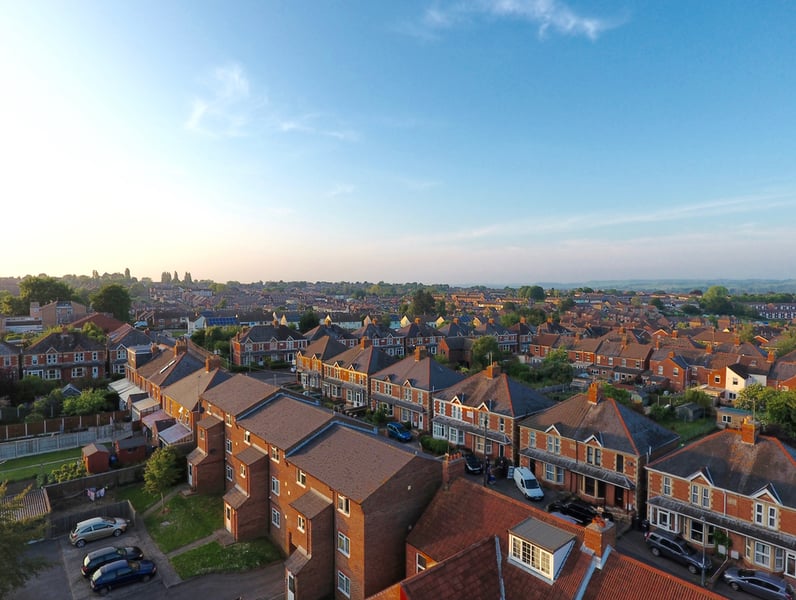House price growth has remained below 1% for the 10th month in a row.

Annual house prices grew by 0.2% in September marking the 10thconsecutive month in which annual price growth has been below 1%, the Nationwide House Price Index has found.
Robert Gardner, chief economist at Nationwide, said: “Indicators of UK economic activity have been fairly volatile in recent quarters, but the underlying pace of growth appears to have slowed as a result of weaker global growth and an intensification of Brexit uncertainty.
“However, the slowdown has centred on business investment – household spending has been more resilient, supported by steady gains in employment and real earnings.
“The underlying pace of housing market activity has remained broadly stable, with the number of mortgages approved for house purchase continuing within the fairly narrow range prevailing over the past two years.”
Jonathan Samuels, chief executive of the property lender,Octane Capital, added: “It’s a miracle that the market is holding up as well as it is given the level of political turmoil.
“Low supply and stock levels continue to support prices while cheap mortgages and the strong jobs market are steeling buyers' resolve.
“The resilience of the property market looks set to be tested like never before in the final quarter of 2019.
“To say it’s tin hat time is an understatement.”
Northern Ireland remained the strongest performing home nation in Q3, although annual price growth dropped to 3.4% in Q3.
Gareth Lewis, commercial director of property lender MT Finance, said:“This is not armageddon but what we have seen for many months - property prices stabilising, which means a small increase in some areas and a small decrease in others.
“The South East has been hardest hit but if we cast our minds back to 2013-15 that was the area with the fastest period of growth so it is a case of rebalancing and returning to a realistic growth pattern for what has been an overinflated area.
“Growth in other areas such as Northern Ireland and the North West show that people are looking for opportunities for value.
“Is this the new norm - modest growth rather than boom and bust? More modest year-on-year growth is more manageable than say 25% and it will be interesting to see where prices settle after Brexit.”
Wales also saw a slowdown to 2.9%, from 4.2% last quarter, whilst annual price growth in Scotland remained subdued at 0.8%.
London was the weakest performing region in Q3, closely followed by the surrounding outer metropolitan region with annual price declines of 1.7% and 1.5% respectively.
Whilst this marks the ninth quarter in row price that prices have fallen in the capital, the figures are still only 5% below the all-time highs recorded on Q1 2017.
Mark Harris, chief executive of mortgage broker SPF Private Clients, said:“London was the weakest performing region in Q3, the ninth quarter in a row that prices have fallen, but while this is welcome for those struggling to get on the housing ladder or move up, prices are still only 5 per cent lower than all-time highs.
“This suggests that this correction has not yet made the capital affordable, but maybe stopped it getting quite so far out of reach.
“Average figures mask significant differences across both the country and the capital so it is hard to get a true picture of how the market is performing.
“What is clear is that lenders are keen to lend and extremely competitive mortgages are the result. It is a good time to be a borrower.”



